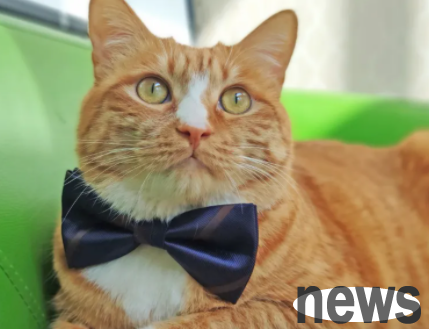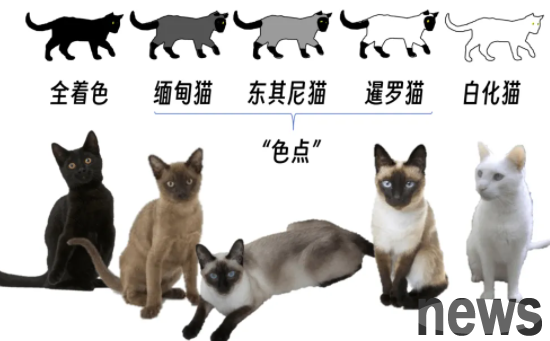The first step to recognize a cat: Start with hair
Shorthair cat
Most cats are simple:

Medium-hair cat
Medium-hair cat
Medium-hair cat
Medium-hair cat
Medium-hair cat
Medium-hair cat
Medium-hair cat
Medium-hair cat
Medium-hair cat
Medium-hair cat
Medium-hair cat
Medium-hair cat
Medium-hair cat
Medium-hair cat
Medium-hair cat
Medium-hair cat
Medium-hair cat
Medium-hair cat
Medium-hair cat
Medium-hair cat
Medium-hair cat
Medium-hair cat
Medium-hair cat
Medium-hair cat
Medium-hair cat
Medium-hair cat
Medium-hair cat
Medium-hair cat
Medium-hair cat
Medium-hair cat
Medium-hair cat
Medium-hair cat
Medium-hair cat
Medium-hair cat
Medium-hair cat
Medium-hair cat
Medium-hair cat
Medium-hair cat
{The second step of recognition: The color of the cat
Orange/red
The gene Oo is located on the X chromosome, and dominant O will make the cat look orange:
Black/brown system
Gene B will make the cat show black and related colors:
Dilution color
On the basis of the above colors, through the action of the D gene, the cat will show various dilution color:
White cat
You may ask, what about white?
Pure white is actually a covering color. When it comes from the Ww genome, the cat's original color is covered and appears white. It is also this W gene that may cause deafness in cats.

The third step to recognize cats: The cat's pattern/pattern
color dots
affect whether the cat has color, and the expression of part of the darkness is mainly the gene locus C. The color point mutation in the C gene also exists in rabbits, but not in dogs.
such mutations produce super cute color-changing coal balls - key colors.
"Color dot" refers to the kind of cat with darker ears, feet and tail. The pigment distribution of each hair is different. It is more common in a color gradient of long-haired cats, and various wonderful and beautiful shadows will appear:
With the hair tip color, another pair of I genomes changes the color of the cat's hair roots, and a gold/silver gradient cat appears:
Tags
If the cat has a clear "M" shape on its head, then it is a member of the tabby family:
Add white
In addition to the above patterns, there is also a domineering whitening gene, which will directly cover the original colors and patterns, causing the cat to have white patches, resulting in "pendants", "cows", "evening dresses", "gloves", and "eye masks".
